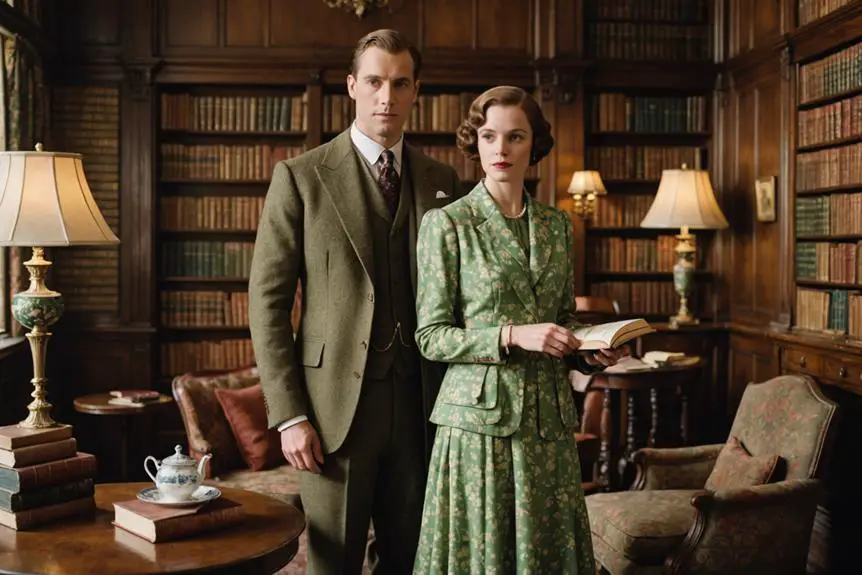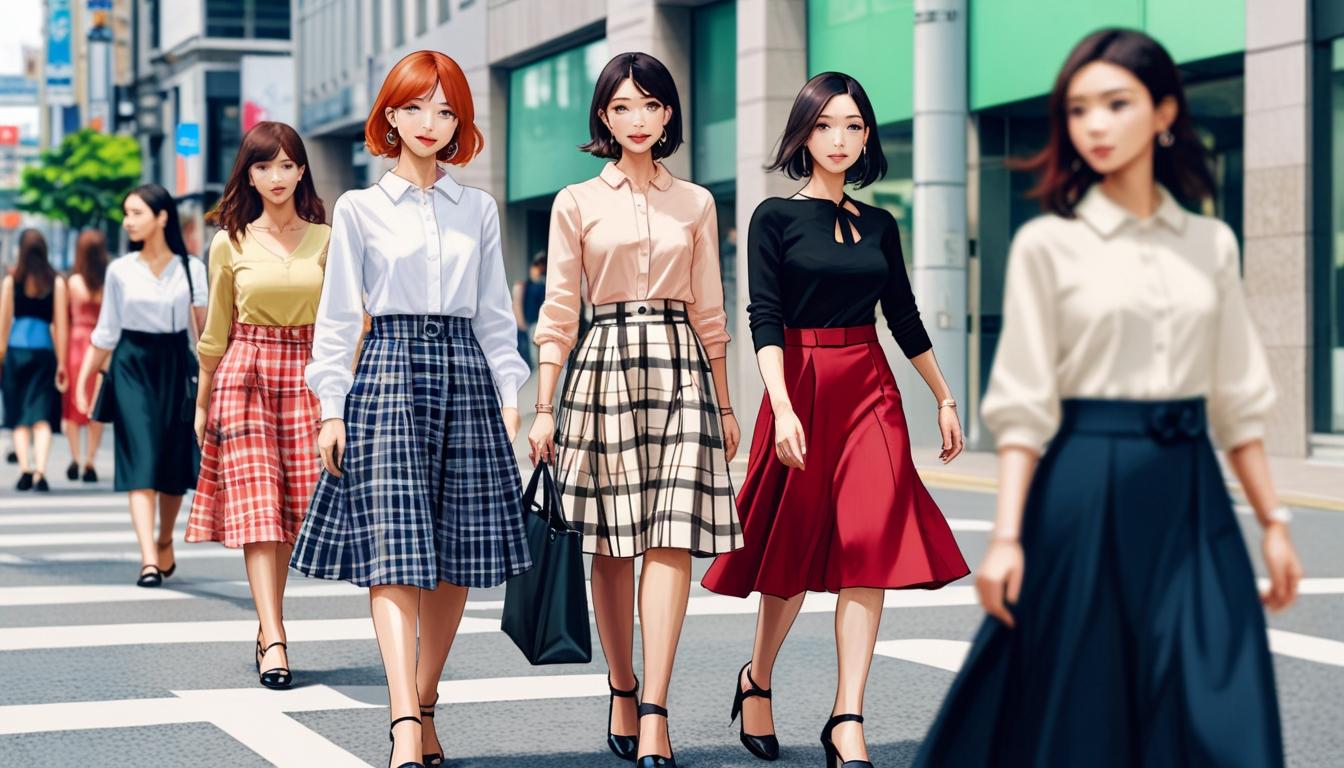Did you know that the costumes in "Atonement" (2007) contributed greatly to the film's overall aesthetic, with Jacqueline Durran winning an Academy Award for her work? Each outfit isn't just a piece of clothing; it's a narrative device that reflects the characters' inner lives and the film's themes. From Cecilia's striking green dress to Briony's more subdued wardrobe, every choice tells a story. As you consider these elements, you might wonder how these designs influence the viewer's perception of the characters and the historical context they inhabit.
Costume Design Principles
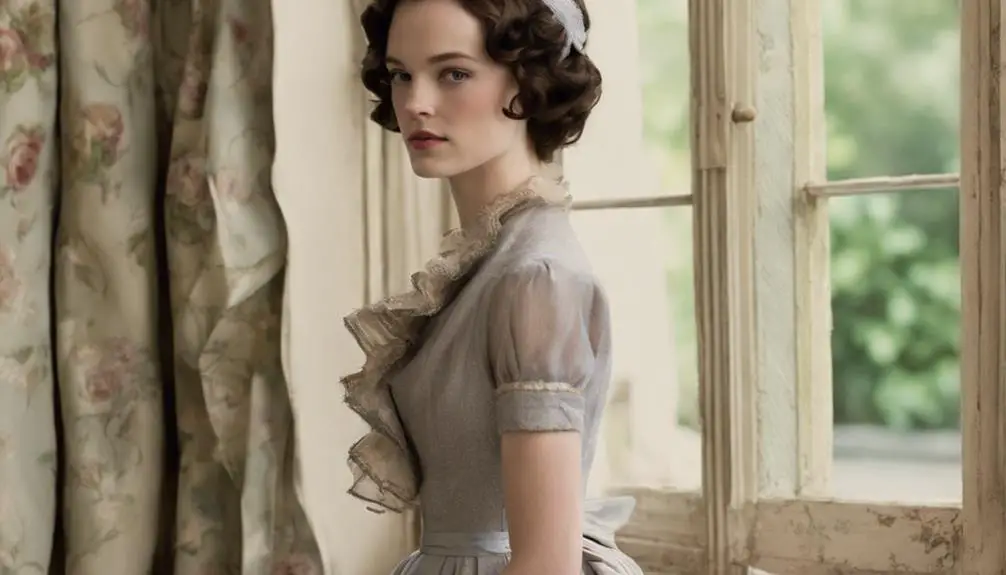
Costume design principles are fundamental in creating a film's visual narrative, and in "Atonement," they play an important role in conveying character depth and thematic elements.
Costume designer Jacqueline Durran skillfully blends modern aesthetics with distinct period touches, achieving a unique style that enhances the film's emotional impact. One of the most iconic pieces is the emerald green dress worn by Cecilia, which not only captures attention but also serves as a significant narrative device.
Durran's design process involved close collaboration with the director, cinematographer, and actress, ensuring that each costume reflected the characters' inner lives.
Color symbolism is another essential aspect, with Cecilia associated with green and Briony with blue, reinforcing their contrasting personalities and themes throughout the film.
The opening scene highlights Briony's character traits through her clothing choices, emphasizing comfort and practicality that align with her active nature that day.
Historical Accuracy in Costumes
In crafting the visual narrative of "Atonement," the commitment to historical accuracy in costumes is evident throughout the film. Jacqueline Durran, the talented costume designer, undertook extensive research to guarantee that every piece reflected the 1940s wartime attire authentically. By utilizing photographs from the Blitz, she captured the essence of the era, making the audience feel the weight of history.
Over 1,000 custom-made uniforms were produced in Poland, aged carefully to mirror the realism of war-torn settings, showcasing an impressive attention to detail. The nurses' uniforms underwent specific alterations from lilac to blue, requiring special fabric weaving to achieve period accuracy. This level of commitment to authenticity not only enhances the film's narrative but also immerses viewers in the struggles of that time.
The military attire was meticulously designed, with added soot and wear to depict the harsh realities faced by soldiers. Durran's designs blend period accuracy with modern sensibilities, creating a compelling visual narrative that resonates with audiences.
Character Costume Evolution
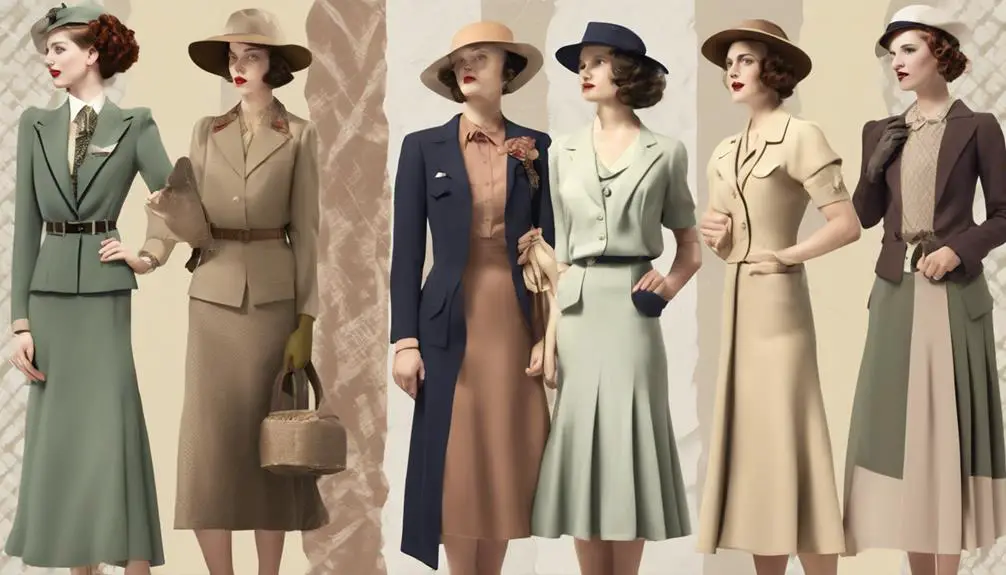
How do the costumes in "Atonement" reflect the characters' journeys? The evolution of Cecilia's costumes showcases her change from light, sheer summer attire, like her floral-print shirt, to tailored war-themed outfits, mirroring the socio-political upheaval around her. This shift emphasizes her emotional growth and the challenges she faces.
Meanwhile, Robbie's wardrobe highlights his rugged charm with work clothes, contrasting sharply with the elegance of his tuxedo during pivotal moments, underscoring his character's struggle between social classes.
Briony's costumes, portrayed by multiple actresses, consistently mirror her maturation from a naive child to a complex adult. Young Briony's pale blue wash costumes symbolize purity and innocence, a stark contrast to her later darker outfits that reflect the heavy consequences of her actions. This change is crucial, as her character grapples with guilt and responsibility.
Through these carefully crafted costumes, the film enhances its narrative depth, allowing you to witness the emotional evolution of each character. Cecilia's association with green and Briony with blue adds layers to their journeys, making their struggles and growth resonate even more profoundly with the audience.
In substance, the costumes in "Atonement" aren't just clothing; they're essential storytelling elements.
Color Symbolism in Outfits
Color plays a significant role in conveying the emotional landscape of "Atonement." Cecilia's association with green highlights her liveliness and desire, particularly showcased in her striking emerald dress, which stands out against the backdrop of war and turmoil. This vibrant color symbolizes her connection to nature and energy, setting her apart from the oppressive environment surrounding her.
In contrast, Briony is linked with blue, representing purity, innocence, and emotional complexity. As she matures, her costumes shift from pale blue in her childhood to deeper shades, reflecting her evolving character dynamics and the weight of her actions. The blue nurses' uniforms reinforce Briony's themes of simplicity and loyalty, echoing her childhood palette while also illustrating her journey through innocence towards a more complex emotional landscape.
Throughout the film, the color symbolism in the costumes serves as a powerful visual narrative device. Lighter hues suggest innocence, while darker tones evoke the harsh realities of war, enhancing the emotional depth of the characters and their relationships.
This thoughtful use of color not only enriches the storytelling but also invites you to explore the deeper meanings behind each character's journey.
Iconic Green Dress Analysis
Cecilia's iconic green dress in "Atonement" captures not just the essence of her character but also serves as a significant symbol throughout the film. Designed by Jacqueline Durran, this stunning gown blends elements from the 1920s and 1930s, creating a piece that's both modern and period-appropriate. The vibrant emerald green color embodies youth, liveliness, and desire, making it a striking choice in film costume design, especially since green is rarely seen on heroines in cinema.
The dress features a low-cut silhouette and a unique bare back, enhancing Cecilia's sensuality and acting as a narrative device that reflects her emotional journey. Durran's meticulous design process involved sourcing and dyeing fabrics to achieve that perfect shade of green, showcasing the complexity and artistry behind costume creation.
The green dress has received critical acclaim, even being voted the greatest film costume in a 2007 poll. Today, it continues to resonate with audiences, inspiring replicas that are sold for over $30,000.
This iconic piece not only defines Cecilia's character but has also cemented its place in film history, showcasing the power of costume design in storytelling.
Jacqueline Durran's Contributions
What makes Jacqueline Durran's contributions to "Atonement" so remarkable is her ability to seamlessly blend historical accuracy with modern design sensibilities. As the costume designer, Durran crafted memorable costumes that not only reflect the 1930s fashion but also enhance the film's visual storytelling.
Working closely with director Joe Wright, she guaranteed that each costume aligned with the film's themes and color palette, which added depth to the characters. Her attention to detail can be likened to the meticulousness found in identifying vintage clothing, where vintage Ralph Lauren tags often reveal significant information about the piece's history.
Durran's dedication to period accuracy is evident in her extensive research, including the creation of 1,000 WWII British uniforms, showcasing her commitment to authenticity. One of her most iconic pieces, the vibrant green dress worn by Keira Knightley as Cecilia, became a symbol of the film itself, resonating with audiences and fashion enthusiasts alike.
This gown, along with other designs, highlights how Durran's work transcends mere costume design; it elevates the narrative, immersing viewers in the story's rich emotional landscape. Her innovative approach to blending historical elements with contemporary flair not only earned her nominations for prestigious awards but also solidified her reputation as a leading figure in the world of costume design.
Cultural Impact of Costumes
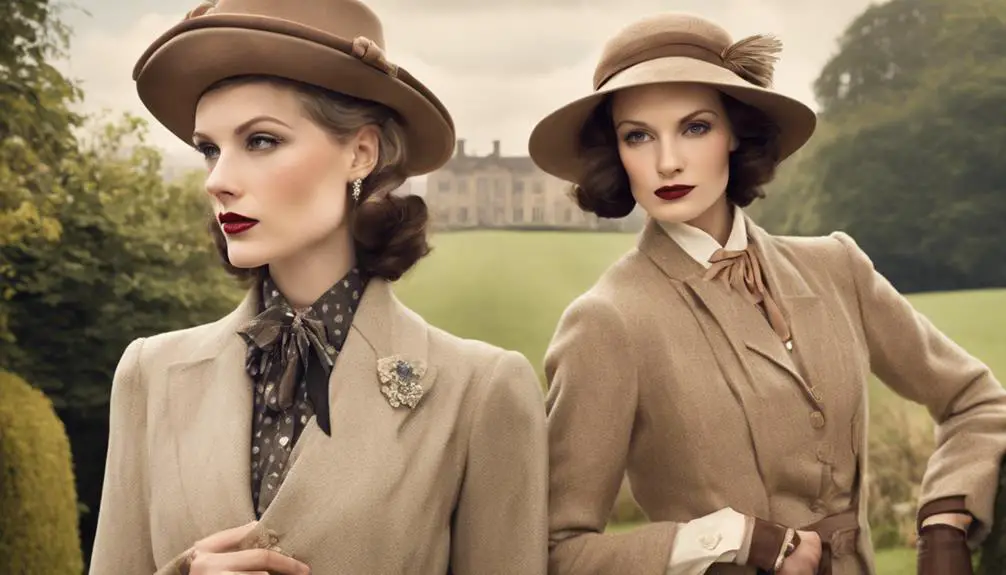
Costumes in "Atonement" frequently resonate with audiences, leaving a lasting cultural impact that extends beyond the film itself. The iconic emerald green dress worn by Keira Knightley as Cecilia not only highlights the character's emotional depth but also symbolizes desire and envy, making it a pivotal piece in fashion discussions. Voted the greatest film costume in a Sky Movies/InStyle poll, its cultural significance is undeniable, with replicas selling for over $30,000, showcasing its allure among fashion enthusiasts.
Jacqueline Durran, the talented costume designer, masterfully blended historical accuracy with modern aesthetics, enhancing character development while maintaining the film's narrative integrity.
Color symbolism plays a vital role, as the costumes reflect the characters' journeys, adding layers to their arcs and enriching the story.
The cultural legacy of the costumes, especially the beloved green dress, continues to thrive, earning its iconic status in cinematic history.
Fashion publications like British Vogue and Vogue Paris celebrate this impact, ensuring that the costumes of "Atonement" remain a topic of fascination and admiration, influencing both designers and fashion lovers alike.
This film truly exemplifies how costumes can transcend the screen and enter the domain of cultural significance.
Frequently Asked Questions
Is the Green Dress in Atonement Historically Accurate?
The green dress isn't historically accurate, but its costume design reflects fashion trends and period representation. Its color symbolism enhances character development and cinematic impact, showcasing visual storytelling through thoughtful textile choices and cultural influence.
What Is the Significance of the Green Dress in Atonement?
You'll find the green dress symbolizes character transformation and emotional impact, weaving a jealousy motif into their romance. Its visual storytelling reflects class distinction, while memory association enhances the film's period authenticity and cinematic artistry.
Who Did the Costumes for Atonement?
The costumes for the film were designed by a skilled costume designer, blending period accuracy with fashion influence. Their design process emphasized character representation, color symbolism, and historical context through thoughtful wardrobe choices and actor collaboration in visual storytelling.
What Color Is the Green Dress in Atonement?
Imagine a vibrant green dress, bursting with emotion, symbolizing youth and desire. Its color psychology reveals character evolution, while fashion design inspiration and textile choice signify longing, contrasting themes, and impactful visual storytelling within the film's palette.
